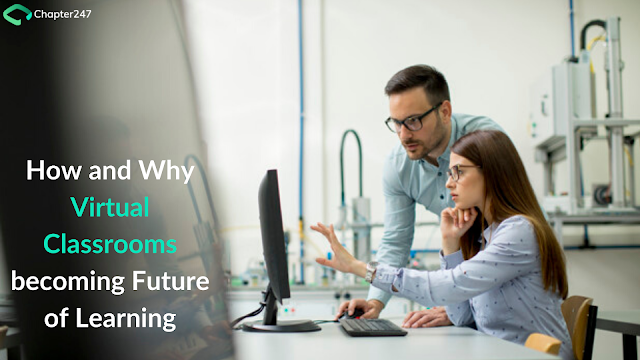Know how to enhance consumer shopping experience with AR and VR
For quite some time, shopping applications have embraced the power of the most advanced technologies that have drastically transformed the conventional forms of doing business. Both Augmented reality (AR) and Virtual Reality (VR) have transformed everything there is to shopping applications. VR, in fact, is increasingly becoming dominant with 24 million VR and AR devices sold in 2018.
VR is an emerging technology and with AR it also carries the potential to revive and revamp the overall retail space thereby changing the shopping experience. Technology is equivalent to continuous enhancements and to employ them implies sure shot success. AR & VR points out to our experience of something which is actually not there but it feels as if it is there.
The article will cover each and every point about how AR & VR are making the cut in the retail sector.
Difference between AR and VR
AR and VR are much-talked-about and are often talked about in the same breath. But they have distinct differences between them.
Clearly, the image shows a world of difference between the capabilities of AR and VR!
VR removes the user from the real-world experience replacing it with a simulated version as AR lets the user experience the digitally augmented real world. Those devices which shut the user from the physical world requires a 100% captivation. The lens of the AR is also transparent.
VR places users in the virtual world and with the use of specialized headsets, it literally transforms the viewability. AR is more about the super-imposing computer-created information to the real-world vision which can be accessible on mobile devices.
The below-given illustration clearly shows the year over year reality about these technologies. AR clearly makes the cut.
Johnson & Johnson Institute has created a virtual reality software to improve training for surgeons and nurses. Walmart also uses VR to create improbable situations like weather emergencies for a rigorous training experience without the need to discard regular operations.
How VR augments customer experience?
VR is mostly set with advanced software with a simulated reality feature. When the user sees it, it will appear true. 3D images are the best instances for VR. Real space is reduced as the user becomes a part of the virtual environment while the user fiddles with the objects. Let us discuss some business benefits of using AR and VR in IT strategy
Increased engagement
Shopping applications based on VR have resulted in a surge in customer engagement as different mobile applications for shopping have truly infused 3D vision to the products. This has resulted in customer delight and loyalty.
Users can explore Virtual showrooms
Retailers have started building virtual showrooms to excite the customer. Virtual experience makes the user feel close to a real experience. Lowe’s Shroom is a great example where
technology is used to its optimum. It has an innovation lab by endowing with a virtual showroom wherein the customer is able to visualize the home improvements. It basically is an effective mock-up of how the house will look when these products are used.
Consumers can visualize the products
Organizations are providing convenience to see how the product will look before purchasing it. Rather than only focussing on VR companies also are inching towards AR. Both are being used to see to it that the product is packaged in its best form. Customers can use the headset and feel as though they are in that room. Users can see all the beautiful wares that are on display. IKEA had introduced the AR catalog which lets the user view furniture items and how it will fit in your home. According to the dimension of the product and the room, you will be able to see how the furniture will look and fit in.
Gives customers a reason to visit the store
Although we prefer to visit the store physically customers want that personal touch to feel and see the product as it warrants good quality. Shopping applications are showing no sign of slowing down, the growth is more due to convenience. Ecommerce shopping applications can be a huge success if leaders can take note of this trend.
Virtual testing of the products
VR can be used to improve customer service by ensuring the customer agents are trained effectively. Employees can now do better with better customer service and VR can be used as a host for training them.
Real-time customer feedback
If you are looking at ways to form a formidable bond with the customer then they need to be offered something innovative. People are bored with conventional ideas but with VR as well as AR you can certainly plan something that will enthrall them. AR &VR are increasingly creating inroads in different shopping applications
VR & AR use case - Sephora
Sephora is a virtual assistant shopping application that uses VR technology for a customized shopping experience. The shopping applications let the user try out the different make-up applications before understanding what will really work well for them. Users can also take advantage of various make-up videos to try out newer make-up techniques.
Customer experience was augmented and it was a wholesome experience for those who tried the new application. Sephora has managed to convert more and also reduced cases of returns also.
Imbibing AR and VR strategies results in a win-win situation for all involved. Real-time immersive technologies help augment customer experience and build long-term relations with customers. Provide them with unique experience and they are yours!







Comments
Post a Comment